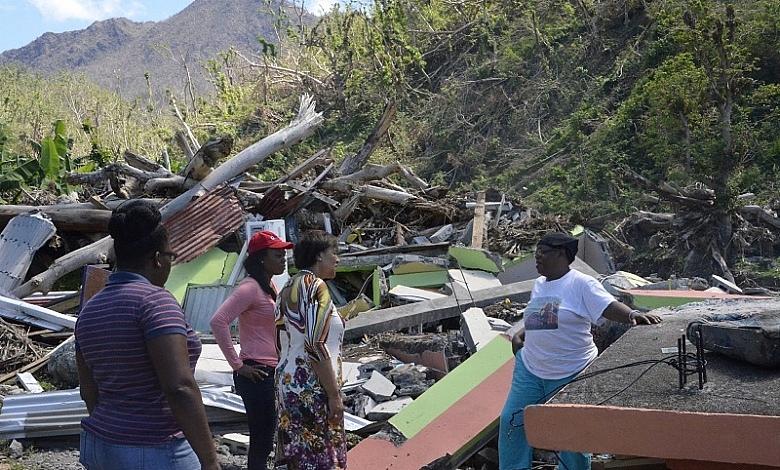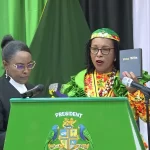Climate Resilience Intiatives for Dominica

Dominica has positioned itself as a leader in the global movement for Climate Resilience, aiming to become the world’s first climate-resilient nation. Prime Minister Roosevelt Skerrit set this goal in 2017, following the devastation caused by Hurricane Maria, which destroyed much of the country’s infrastructure and resulted in 226% of the island’s GDP losses. The nation’s topography, with its mountainous terrain and steep slopes, makes it particularly vulnerable to hurricanes, flooding, and landslides, further highlighting the importance of resilience.
Dominica’s Climate Resilience Strategy
Dominica’s strategy for achieving climate resilience involves strengthening infrastructure, protecting natural resources like rainforests and coral reefs, and ensuring communities are prepared to manage extreme weather events. The government‘s Climate Resilience and Recovery Plan (CRRP) outlines critical pillars, such as climate-resilient systems, disaster risk management, and post-disaster recovery. The plan also incorporates the National Resilience Development Strategy 2030 (NRDS), which sets 20 targets for resilience by 2030. For example, one key goal is ensuring that all communities can be self-sufficient for at least 14 days following a major disaster by having access to critical resources such as water, food, and power.
Enhancing Infrastructure and Community Readiness
In addition to resilient infrastructure, like hurricane-resistant buildings, the plan focuses on constructing durable roads and bridges, especially in coastal and riverine areas, which are highly susceptible to climate impacts. Dominica’s Syndicate Nature Preserve and surrounding regions like Boeri Lake are crucial in maintaining the environmental balance, serving as natural buffers during extreme weather events.
The CREAD (Climate Resilience Execution Agency for Dominica), established in 2018, has successfully implemented the CRRP. The agency emphasizes community engagement, ensuring that residents across the island, from villages like Castle Bruce to Tarreau, are involved in resilience-building efforts. The program is about structural recovery and education, fostering a collective consciousness around climate action and resilience.
Future Goals
Dominica’s vision for the future is comprehensive, with aims to be fully climate-resilient by 2030. This includes utilizing renewable energy sources, promoting sustainable agriculture, and protecting critical ecosystems like coral reefs and seagrass beds. As part of the Waitukubuli National Trail initiative, the country also focuses on eco-tourism to promote economic resilience and environmental sustainability.
Through the CRRP, Dominica shows how a small island nation can recover from severe climate impacts and lead the global fight against climate change.




